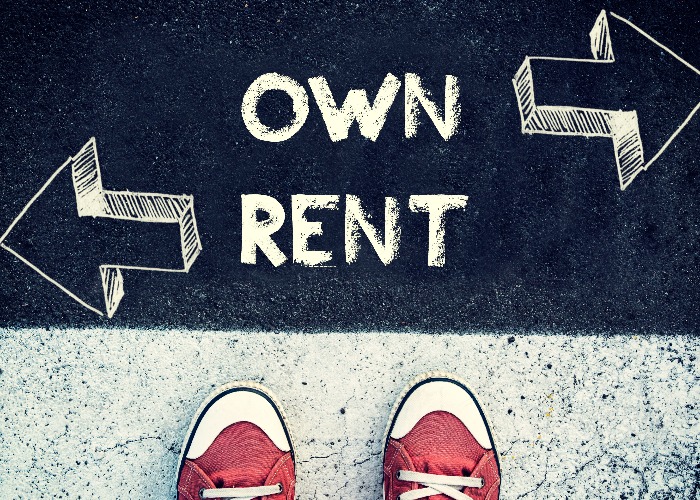
These two schemes could help you if you’re a tenant of a council or housing association and you are struggling to get together a deposit
Saving for a deposit whilst paying rent is a big ask – so wouldn’t it be great if you could get a discount on your rent, or on the property you’re buying?
That’s the idea behind the Rent to Buy and Right to Buy schemes. Both are designed to help you buy a housing association or council property you currently live in.
However, they both have specific eligibility criteria and are largely limited to housing association and council tenants.
If you’re renting privately, or don’t fit the criteria, then consider the Shared Ownership and Help to Buy schemes.
And if you’re buying in Scotland, Wales or Northern Ireland, click here as these nations have different arrangements.
This article is part of a series on buying your first home: click here for more.
What’s the difference?
Rent to Buy (sometimes called Rent to Own, Intermediate Rent or Rent to Save) allows you to rent a new property from a housing association for around 20% less than typical market rent.
You can then gradually buy that property in stages under Shared Ownership rules (more on these here).
Right to Buy, on the other hand, gives you a discount on the asking price for the council property you currently live in.
That discount is up to £80,900, or £108,000 if you live in London, which could make a huge difference to your budget.
Are you eligible?
Rent to Buy eligibility criteria varies slightly depending upon the housing association, although there are some general principles.
You’ll usually need to show you can’t buy the property without assistance. Our guide to deposits should help illustrate what you can, and can’t, afford.
There’s a maximum household income, which is £80,000 in the South East and London, and you can’t have any unsatisfied defaults or county court judgements on your credit history.
You should also note that current housing and association tenants are likely to get priority, as will those with a connection to the local area.
Right to Buy has much tighter eligibility criteria: so much so that there’s an online quiz to work out if you qualify.
You’ll need to have been a council tenant for at least three years, or you were a council tenant whose home was transferred to a housing association whilst you were living there.
Contact the Right to Buy service directly if you’re unsure.
How do these schemes work?
With Rent to Buy, you first apply for the scheme.
Find your region’s Help to Buy website and then look for the Rent to Buy section to find the form.
Once you’ve been approved you find a property from the same list of new properties used for shared ownership schemes.
You then contact the housing association or registered provider that owns the particular property to let them know you’re interested. Once you’re in the property you can make an offer for the whole or part of the property.
With Right to Buy you fill in an online form and your landlord will confirm whether they’re willing to sell and send you an offer notice, within eight weeks.
You can then decide whether to purchase the property and get a mortgage (we have a guide to this)
Are there better alternatives?
Both schemes have very restrictive criteria which will exclude most first-time buyers.
They also involve a great deal of paperwork even before you get to the buying stage.
If you can’t get together much of a deposit, but can handle large monthly payments, then the Shared Ownership scheme allows you to buy a smaller initial stake in a property and pay rent on the rest.
Alternately, the Government’s Help to Buy equity loan will enable you to get a smaller mortgage, meaning your deposit can stretch to a bigger property.
Found a scheme that works for you? Now it’s time to get a mortgage